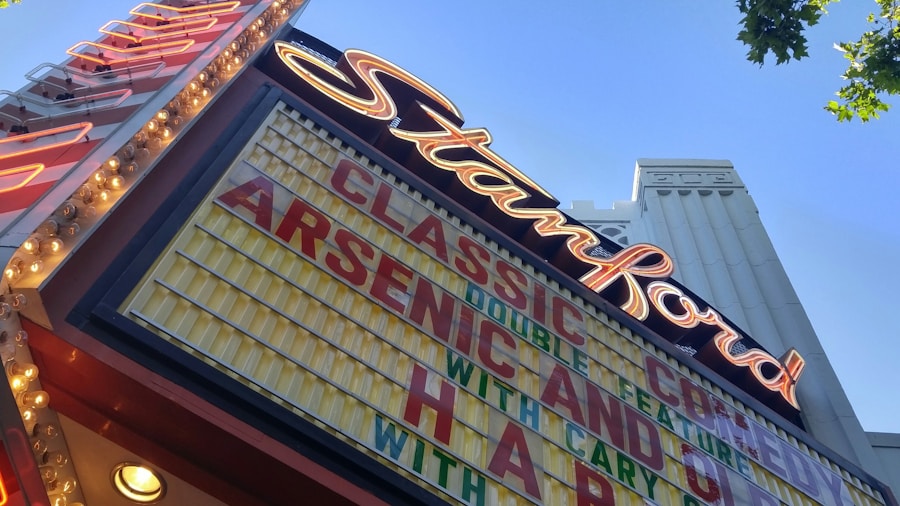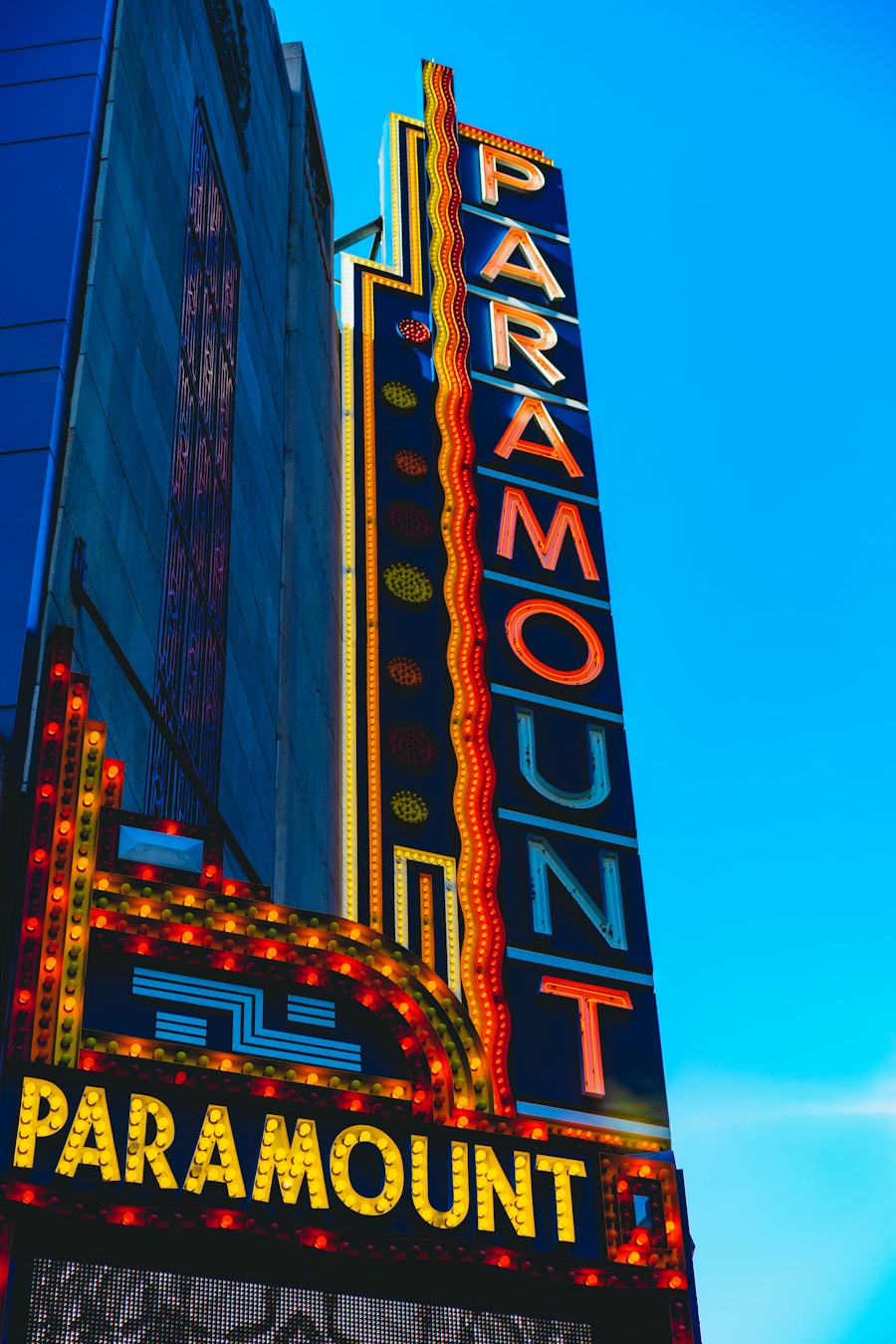Download links
How to install Exploring the Diverse World of Arts & Entertainment APK?
1. Tap the downloaded Exploring the Diverse World of Arts & Entertainment APK file.
2. Touch install.
3. Follow the steps on the screen.
Description
The history of arts and entertainment is a tapestry woven from the threads of human creativity, culture, and expression. From the earliest cave paintings in Lascaux, France, which date back approximately 17,000 years, to the grand theatrical performances of ancient Greece, the evolution of artistic expression has been a reflection of societal values, beliefs, and experiences. The ancient Greeks not only pioneered drama and theater but also laid the groundwork for Western literature and philosophy.
Playwrights like Aeschylus, Sophocles, and Euripides explored complex themes of morality, fate, and human emotion, establishing a legacy that continues to influence modern storytelling. As civilizations progressed, so too did the forms of arts and entertainment. The Renaissance marked a significant turning point, characterized by a revival of classical learning and an explosion of artistic innovation.
Figures such as Leonardo da Vinci and Michelangelo transformed visual arts with their mastery of perspective and human anatomy, while Shakespeare revolutionized theater with his intricate character development and exploration of the human condition. This period not only enriched the cultural landscape but also democratized access to art through the establishment of public theaters and galleries, allowing a broader audience to engage with creative works.
Key Takeaways
- Arts & entertainment have a rich history dating back centuries, with various forms of expression evolving over time.
- The influence of arts & entertainment on society is profound, shaping cultural norms, values, and perceptions.
- The digital age has revolutionized arts & entertainment, providing new platforms for creation, distribution, and consumption.
- Globalization has both positive and negative impacts on arts & entertainment, leading to cultural exchange but also potential homogenization.
- The intersection of arts & entertainment with technology has led to innovative experiences and new forms of artistic expression.
The Influence of Arts & Entertainment on Society
Arts and entertainment serve as powerful mirrors reflecting societal norms, challenges, and aspirations. They have the unique ability to shape public opinion and influence social change. For instance, during the civil rights movement in the United States, artists like Nina Simone and James Baldwin used their platforms to address racial injustice and advocate for equality.
Simone’s poignant song “Mississippi Goddam” became an anthem for the movement, encapsulating the anger and frustration of African Americans facing systemic oppression. Similarly, Baldwin’s essays and novels illuminated the complexities of race relations in America, prompting readers to confront uncomfortable truths about their society. Moreover, arts and entertainment can foster community and connection among diverse groups.
Festivals, concerts, and art exhibitions often bring people together, transcending cultural and linguistic barriers. The global phenomenon of music festivals like Coachella or Glastonbury showcases how shared experiences in art can unite individuals from various backgrounds. These events not only celebrate creativity but also promote dialogue around pressing social issues, such as climate change or mental health awareness.
By engaging audiences in meaningful conversations through artistic expression, arts and entertainment play a crucial role in shaping societal values and encouraging collective action.
The Evolution of Arts & Entertainment in the Digital Age

The advent of the digital age has transformed the landscape of arts and entertainment in unprecedented ways. With the rise of the internet and digital technologies, artists now have access to a global audience that was previously unimaginable. Platforms like YouTube, Instagram, and TikTok have democratized content creation, allowing anyone with a smartphone to share their artistic endeavors with millions.
This shift has led to the emergence of new genres and forms of expression, such as vlogging, meme culture, and digital art, which challenge traditional notions of what constitutes art. Furthermore, streaming services like Netflix and Spotify have revolutionized how audiences consume entertainment. The binge-watching phenomenon has changed viewing habits, allowing people to engage with entire seasons of television shows at their own pace.
This shift has also influenced storytelling techniques; creators are now crafting narratives that span multiple episodes or seasons, encouraging deeper character development and complex plotlines. Additionally, algorithms that recommend content based on user preferences have personalized the entertainment experience, making it easier for individuals to discover new artists and genres that resonate with them.
The Impact of Globalization on Arts & Entertainment
| Aspect | Impact |
|---|---|
| Access to diverse cultural content | Increased availability of art and entertainment from around the world |
| Market expansion | Opportunities for artists and entertainers to reach global audiences |
| Homogenization of content | Risk of losing unique cultural expressions in favor of global trends |
| Collaboration and fusion | Encouragement of cross-cultural collaborations and hybrid art forms |
| Challenges for local artists | Competition with globalized entertainment industry |
Globalization has had a profound impact on arts and entertainment, facilitating cross-cultural exchanges that enrich creative expression. As artists from different backgrounds collaborate and share their work on international platforms, they contribute to a more diverse cultural landscape. For example, the fusion of musical styles has given rise to genres like reggaeton, which blends Latin rhythms with hip-hop influences, creating a sound that resonates with audiences worldwide.
Artists such as Bad Bunny and J Balvin have achieved global success by embracing this hybrid approach, showcasing how globalization can amplify diverse voices in the music industry. Moreover, globalization has led to increased accessibility to various forms of art from around the world. Film festivals like Cannes or Sundance now feature international films that might have gone unnoticed in a pre-globalized era.
This exposure not only broadens audiences’ horizons but also fosters appreciation for different cultural narratives. However, this phenomenon is not without its challenges; as Western media dominates global markets, there is a risk that local cultures may be overshadowed or commodified. The balance between celebrating diversity and maintaining cultural integrity remains a critical conversation within the realm of arts and entertainment.
The Intersection of Arts & Entertainment with Technology
The intersection of arts and entertainment with technology has birthed innovative forms of expression that challenge traditional boundaries. Virtual reality (VR) and augmented reality (AR) are at the forefront of this transformation, offering immersive experiences that engage audiences in unprecedented ways. For instance, VR art installations allow viewers to step inside a digital canvas, interacting with 3D elements that respond to their movements.
This level of engagement not only enhances appreciation for the artwork but also invites participants to become co-creators in the experience. Additionally, advancements in artificial intelligence (AI) are reshaping how art is created and consumed. AI algorithms can analyze vast amounts of data to generate music compositions or visual art pieces that mimic human creativity.
While some purists may argue that this undermines the authenticity of artistic expression, others see it as an exciting frontier for collaboration between humans and machines. Projects like OpenAI’s MuseNet demonstrate how AI can compose original music across various genres, pushing the boundaries of what is considered creative work.
The Future of Arts & Entertainment: Trends and Innovations

Sustainability Takes Center Stage
One significant trend is the increasing emphasis on sustainability within creative industries. As awareness of climate change grows, artists are using their platforms to advocate for environmental responsibility. Initiatives like eco-friendly film productions or sustainable fashion shows highlight how creativity can align with ecological consciousness. This movement not only reflects changing consumer values but also encourages artists to consider their environmental impact in their work.
The Rise of Interactive Storytelling
Another emerging trend is the rise of interactive storytelling across various media platforms. Audiences are no longer passive consumers; they seek engagement and participation in narratives. Video games have long embraced this concept through player choices that affect outcomes, but other forms of media are beginning to follow suit. Interactive films like “Bandersnatch,” part of Netflix’s “Black Mirror” series, allow viewers to make decisions that influence the storyline, creating a personalized viewing experience.
A Dynamic Future Ahead
In conclusion, the future landscape of arts and entertainment will likely be characterized by an ongoing dialogue between tradition and innovation.
The interplay between creativity, society, technology, and globalization will continue to shape this dynamic field in ways we can only begin to imagine.
If you’re looking for a unique and exciting form of entertainment, check out the article on TG777 Chess 7. This card game combines the strategy of chess with the thrill of a card game, providing a new and innovative way to enjoy your favorite pastime. Whether you’re a chess enthusiast or just looking for something new to try, TG777 Chess 7 is sure to provide hours of entertainment and challenge.
FAQs
What is considered arts & entertainment?
Arts & entertainment encompasses a wide range of creative and cultural activities, including visual arts, performing arts, music, literature, film, television, and other forms of media.
What are some examples of arts & entertainment activities?
Examples of arts & entertainment activities include painting, sculpture, dance, theater, music concerts, film screenings, literary readings, and art exhibitions.
How does arts & entertainment contribute to society?
Arts & entertainment contribute to society by providing cultural enrichment, fostering creativity, promoting diversity, and offering opportunities for expression and reflection.
What are some popular forms of entertainment within the arts?
Some popular forms of entertainment within the arts include live theater performances, music concerts, film screenings, art exhibitions, and dance recitals.
How does arts & entertainment impact the economy?
Arts & entertainment industries contribute to the economy through job creation, tourism, and the sale of creative products and services, such as artwork, music recordings, and film tickets.





